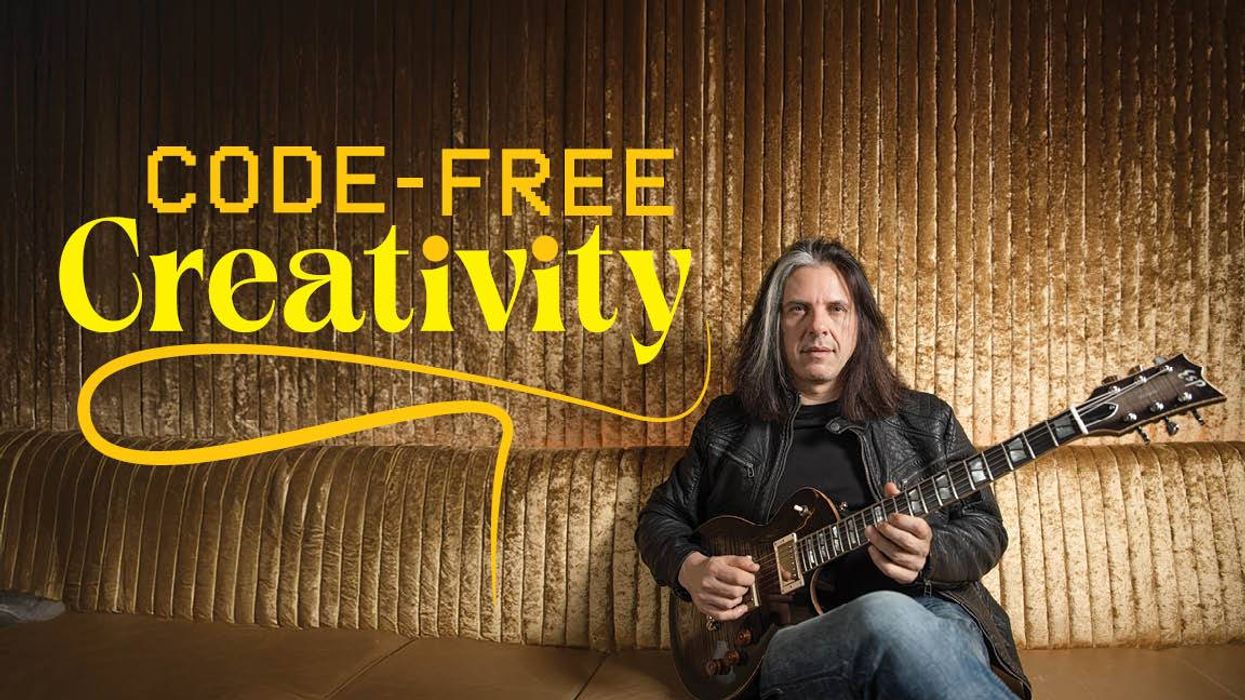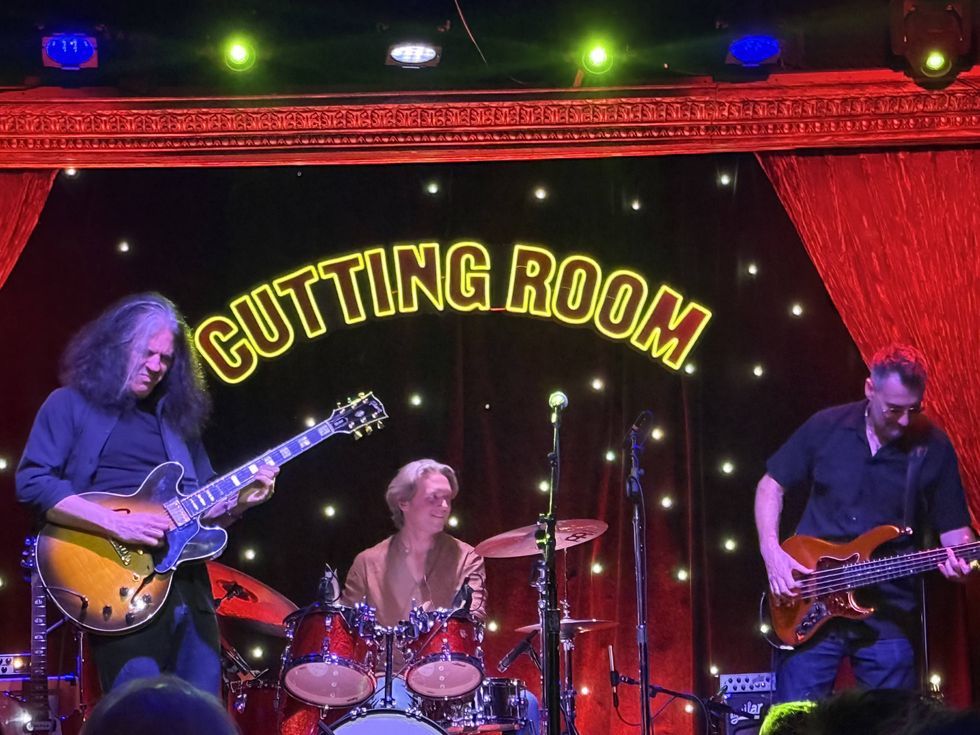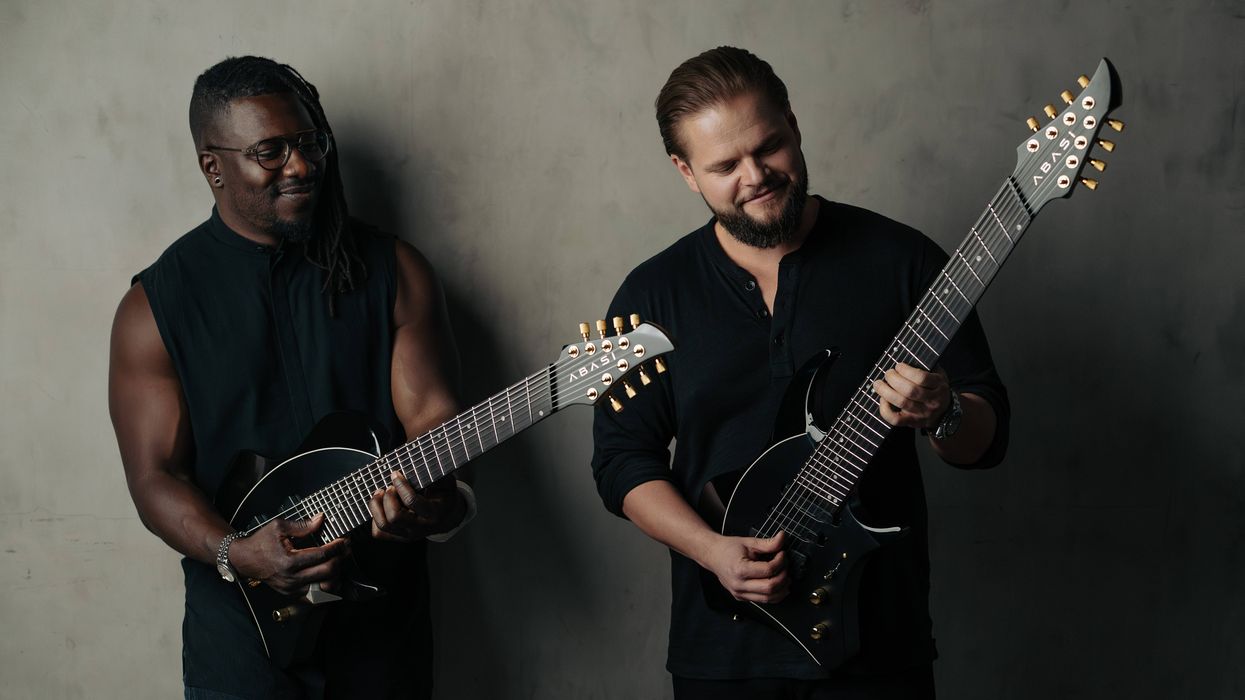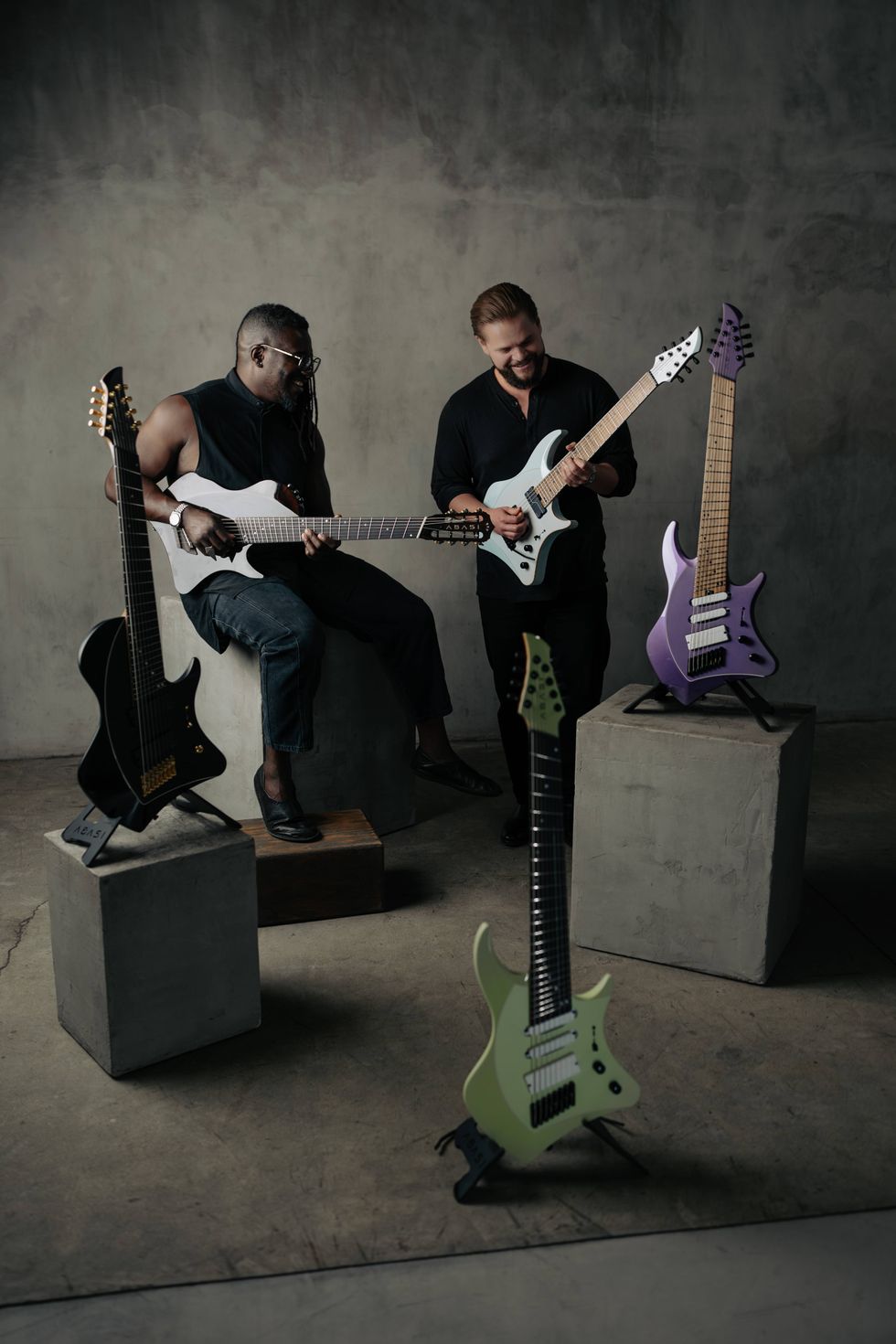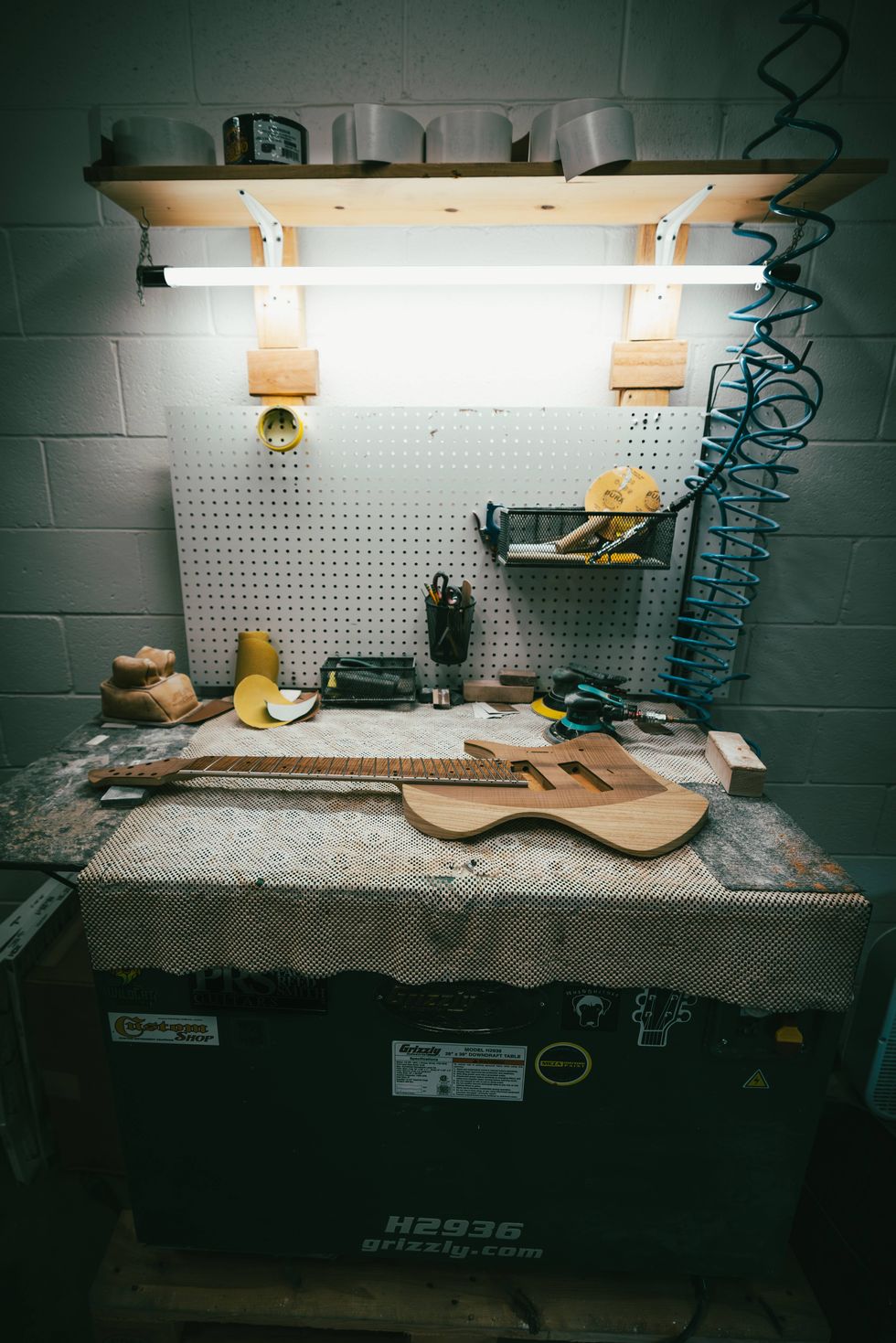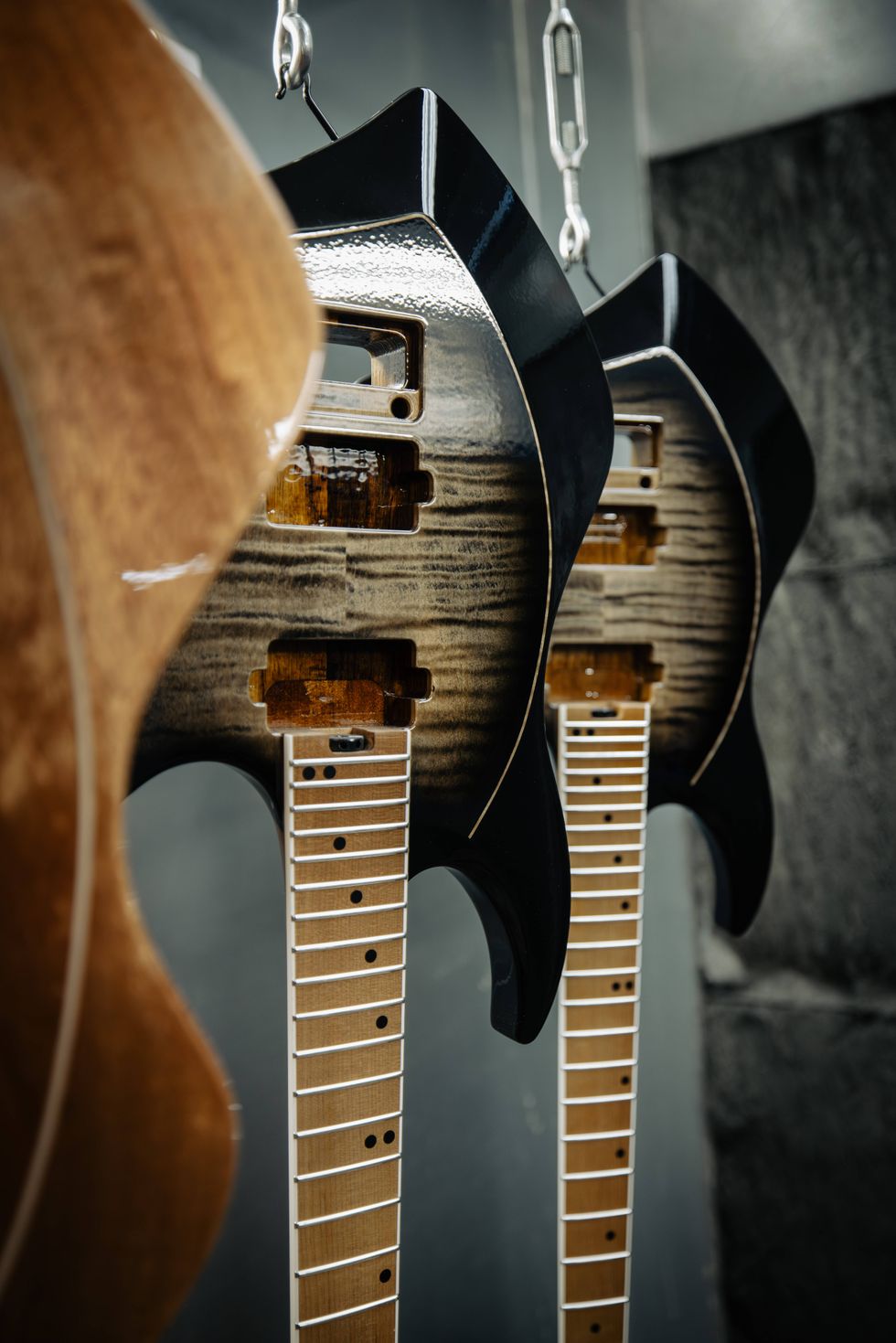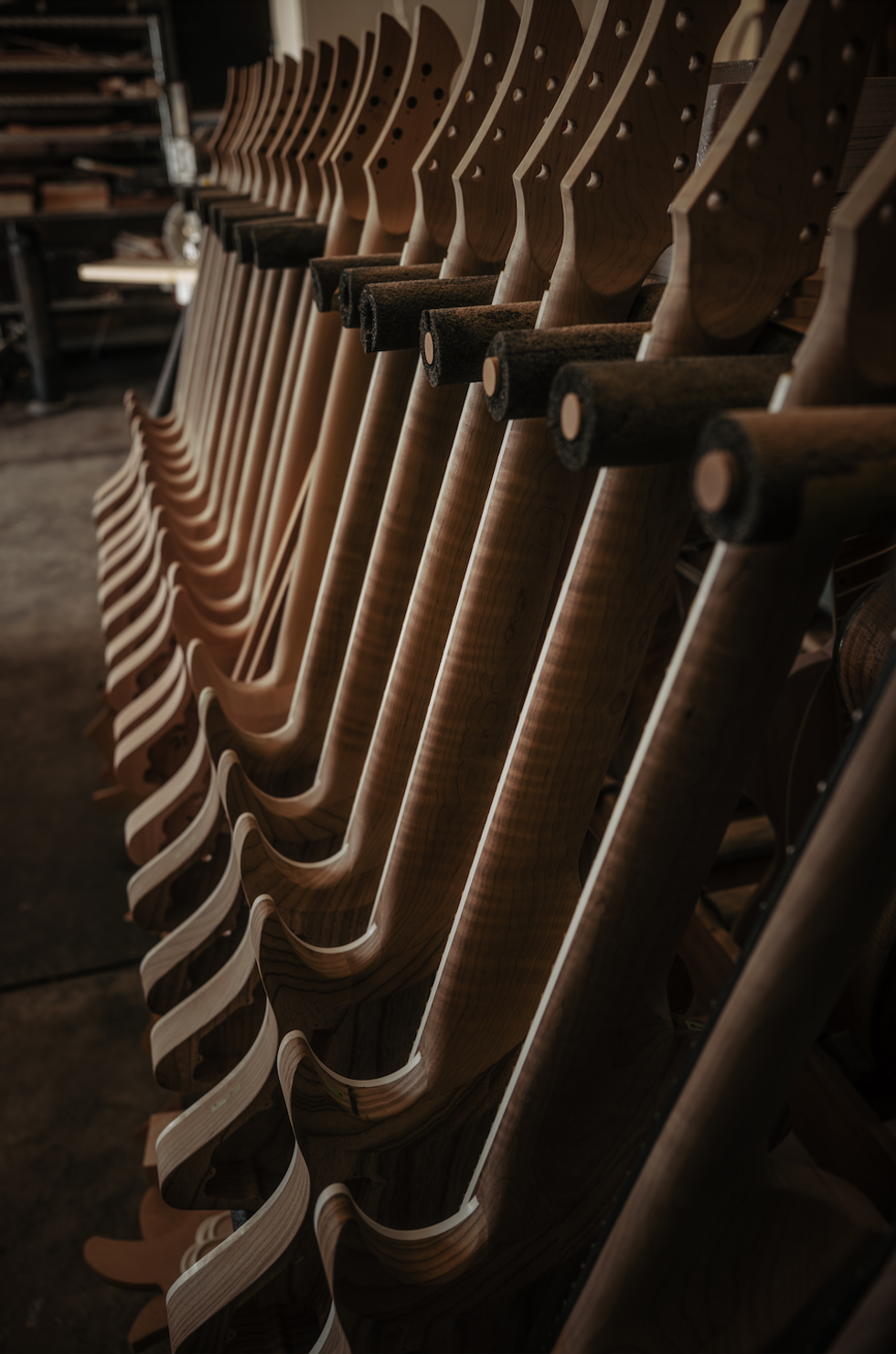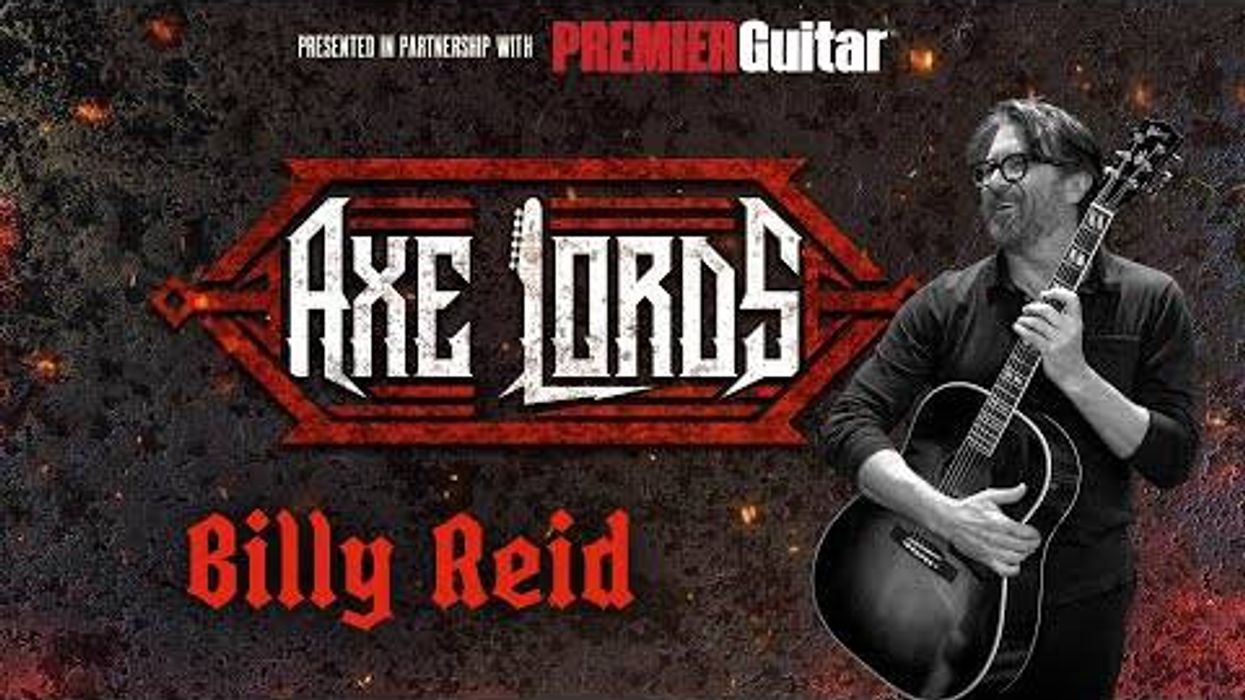When I wrote my previous column, which outlined how the COVID pandemic has dramatically altered music instruction [“There’s Nothing Like a Crisis for Guitarists,” August 2020], I wondered if the new limitations would be ancient history by the time the column was published. Unfortunately, there has been no reversal to the good ol’ days yet, and we’re all instead settling into the new abnormal: rules and protocols that we’ll have to live with for some time.
But what does this mean for the typical guitarist? Even if Average Joe has adapted to Zoom lessons and workshops, he’s still looking at a rather bleak landscape when it comes to public performances or open-jam sessions, while in the past he could put recently honed licks and techniques to the test. Joe has practiced hard, he was making real progress, but then the pandemic pulled the musical rug out from under him. How will he keep the energy flowing? He is a guitar player, so bets are Joe won’t shove his dreadnought or Strat under the bed and switch to online chess.
The most obvious and immediate indication of how homebound guitarists like Joe have been using their extra time and energy is the increased sales of home-recording gear. Some stores have been unable to keep audio-to-digital converters in stock. Sales of large amps, which have actually been slow for some time, have reached the “are you kidding?” stage. And small, compact amplifiers are judged not by their rattle-the-windows headroom, but by their tone quality when the attenuator is dialed down close to zero. After all, there may be someone trying to sleep in the next room. Acoustic guitarists are the winners in this new less-is-more thinking, since even a big jumbo can be strummed quietly. And if that isn’t enough, stuffing a hand towel in the soundhole is a cheap fix.
Thanks to all the types of music that utilize a barely-altered guitar, there are lots of low-cost options Joe can explore. For adding some extra sizzle to a home recording, adding a high-strung (aka Nashville tuned) track will only cost him three additional guitar strings and the time it takes to change them. To experiment with slide guitar, the only cost may be the slide itself, although some guitars will benefit from a few tweaks to raise the string action a bit, such as loosening the truss rod slightly. If Joe is feeling even more adventuresome, converting a guitar for playing square-neck-resonator style isn’t much more expensive. That said, he might want to use a second acoustic, since converting a guitar back for conventional playing takes a little longer. (And if this second guitar has a neck that’s so warped it’s almost unplayable, so much the better!) The combination of a riser nut, the bar (or steel), and an extra set of strings for the low tuning can still be had for under $50.
Converting an acoustic guitar into a completely different-sounding instrument can be done easily with just a few inexpensive items.
For a lot of guitarists, however, this new wealth of extra time is inspiration to expand what instruments they play, including some they might never have considered just a year ago. The most surprising of these, at least at the music store where I work, is the open-back banjo. There’s no celebrity I know of who poses for their Instagram followers with a banjo, and no current pop hit that features banjo licks. So, what’s their motivation for electing to pick up a banjo?
Although they have no intention of leaving the guitar behind, the segue from guitar to banjo is powered by the fact that if you play one fretted instrument, others are not as intimidating, despite their differences. The new tunings and playing techniques certainly take time to learn, and the weird drone string and all-downstrokes strumming needed for many open-back banjo styles is a far cry from pentatonic scales and CAGED chord positions. But even taking up open-back banjo seems like less of a leap when there are hours of additional free time to get over the new hurdles.
The key word here is time. While all of us miss the now-limited—or even cancelled—activities and options from our pre-COVID lifestyle, it’s a good time to stretch out and try to play different music that our busy schedules too often didn’t previously allow. Go for it!









![Rig Rundown: Russian Circles’ Mike Sullivan [2025]](https://www.premierguitar.com/media-library/youtube.jpg?id=62303631&width=1245&height=700&quality=70&coordinates=0%2C0%2C0%2C0)












